Violence
Children from all walks of life endure violence, and millions more are at risk
Violence against children takes many forms, including physical, sexual, and emotional abuse, and may involve neglect or deprivation. Violence occurs in many settings, including the home, school, community and over the Internet. Similarly, a wide range of perpetrators commit violence against children, such as family members, intimate partners, teachers, neighbours, strangers and other children. Such violence not only inflicts harm, pain and humiliation on children; it also kills. All children have the right to protection from violence, regardless of the nature or severity of the act and all forms of violence can cause harm to children, reduce their sense of self-worth, affront their dignity and hinder their development. Examining global patterns of violence as well as attitudes and social norms sheds light on an issue that has remained largely undocumented. Using data to make violence against children and its many ramifications more visible will bring about a fuller understanding of its magnitude and nature and offering clues to its prevention.
The protection of children from all forms of violence is a fundamental right guaranteed by the Convention on the Rights of the Child and other international human rights treaties and standards. Yet violence remains an all-too-real part of life for children around the globe – regardless of their economic and social circumstances, culture, religion or ethnicity – with both immediate and long-term consequences. Children who have been severely abused or neglected are often hampered in their development, experience learning difficulties and perform poorly at school. They may have low self-esteem and suffer from depression, which can lead, at worst, to risk behaviour and self-harm. Witnessing violence can cause similar distress. Children who grow up in a violent household or community tend to internalize that behaviour as a way of resolving disputes, repeating the pattern of violence and abuse against their own spouses and children. Beyond the tragic effects on individuals and families, violence against children carries serious economic and social costs in both lost potential and reduced productivity.
Over the last decade, recognition of the pervasive nature and impact of violence against children has grown. Still, the phenomenon remains largely undocumented and underreported. This can be attributed to a variety of reasons, including the fact that some forms of violence against children are socially accepted, tacitly condoned or not perceived as being abusive. Many victims are too young or too vulnerable to disclose their experience or to protect themselves. And all too often when victims do denounce an abuse, the legal system fails to respond and child protection services are unavailable. The lack of adequate data on the issue is likely compounding the problem by fuelling the misconception that violence remains a marginal phenomenon, affecting only certain categories of children and perpetrated solely by offenders with biological predispositions to violent behaviour. One of the limitations inherent in any attempt to document violence against children is what it leaves out: the presumably large numbers of children unable or unwilling to report their experiences.
The process of understanding and addressing violence against children will continue to be fraught with difficulties. Nevertheless, as additional strategies to end violence are formulated and carried out, it is also clear that systematic investments in data generation are vital. The evidence that results is essential to monitoring commitments, informing the development of new programmes, policies and laws and assessing their effectiveness. Future research should focus on not only documenting the prevalence of violence but also understanding the underlying factors that fuel it and evaluating interventions aimed at preventing and responding to it. Broad dissemination of data in accessible formats will continue to be needed to raise awareness and to foster the political will required to develop and implement effective strategies and action – at all levels of society.
Ending violence against children is in our hands. With reliable data, we will know when this human rights imperative is finally achieved.
“1. States Parties shall take all appropriate legislative, administrative, social and educational measures to protect the child from all forms of physical or mental violence, injury or abuse, neglect or negligent treatment, maltreatment or exploitation, including sexual abuse, while in the care of parent(s), legal guardian(s) or any other person who has the care of the child.
2. Such protective measures should, as appropriate, include effective procedures for the establishment of social programmes to provide necessary support for the child and for those who have the care of the child, as well as for other forms of prevention and for identification, reporting, referral, investigation, treatment and follow-up of instances of child maltreatment described heretofore, and, as appropriate, for judicial involvement.”
– Article 19 of the Convention on the Rights of the Child
“All forms of violence against children, however light, are unacceptable. […] Frequency, severity of harm and intent to harm are not prerequisites for the definitions of violence. States parties may refer to such factors in intervention strategies in order to allow proportional responses in the best interests of the child, but definitions must in no way erode the child’s absolute right to human dignity and physical and psychological integrity by describing some forms of violence as legally and/or socially acceptable.”
– United Nations Committee on the Rights of the Child, General Comment No. 13 on the Convention on the Rights of the Child
Resources
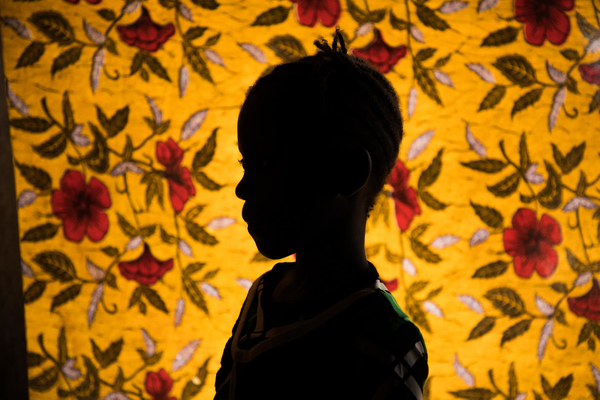

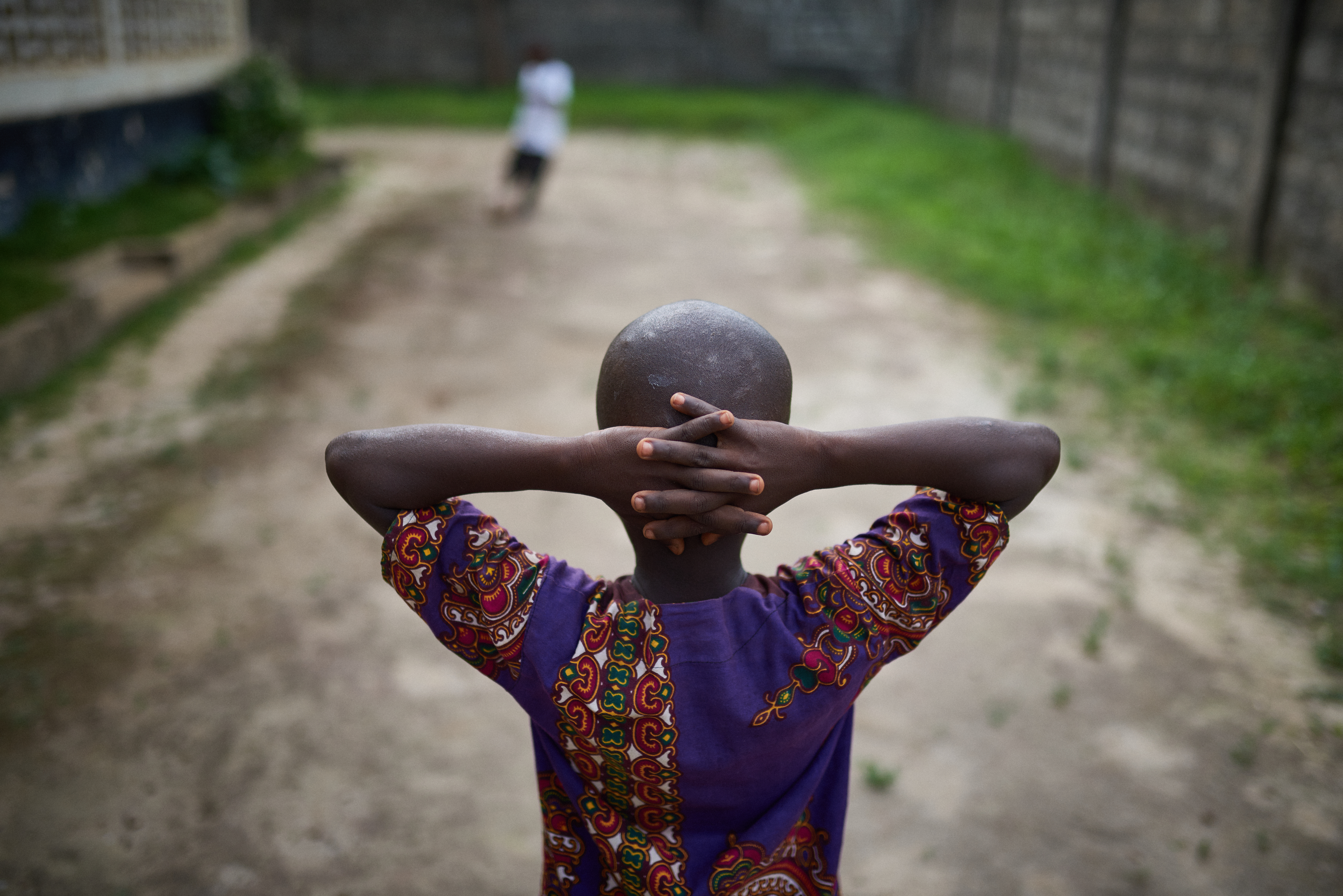
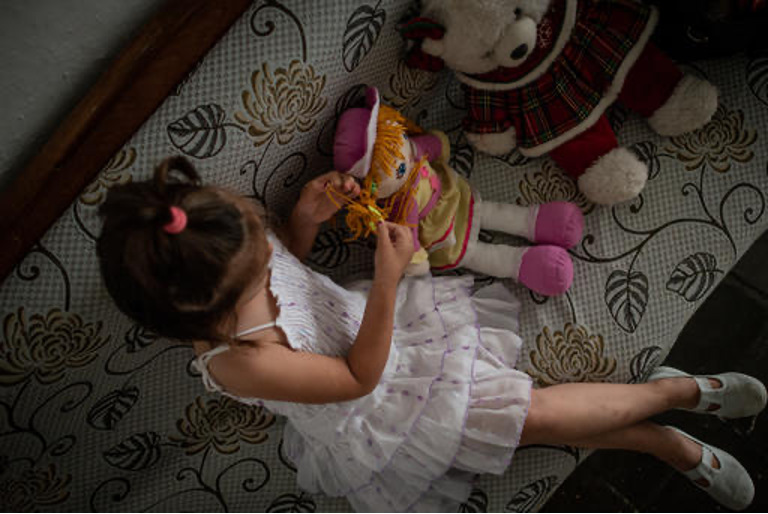
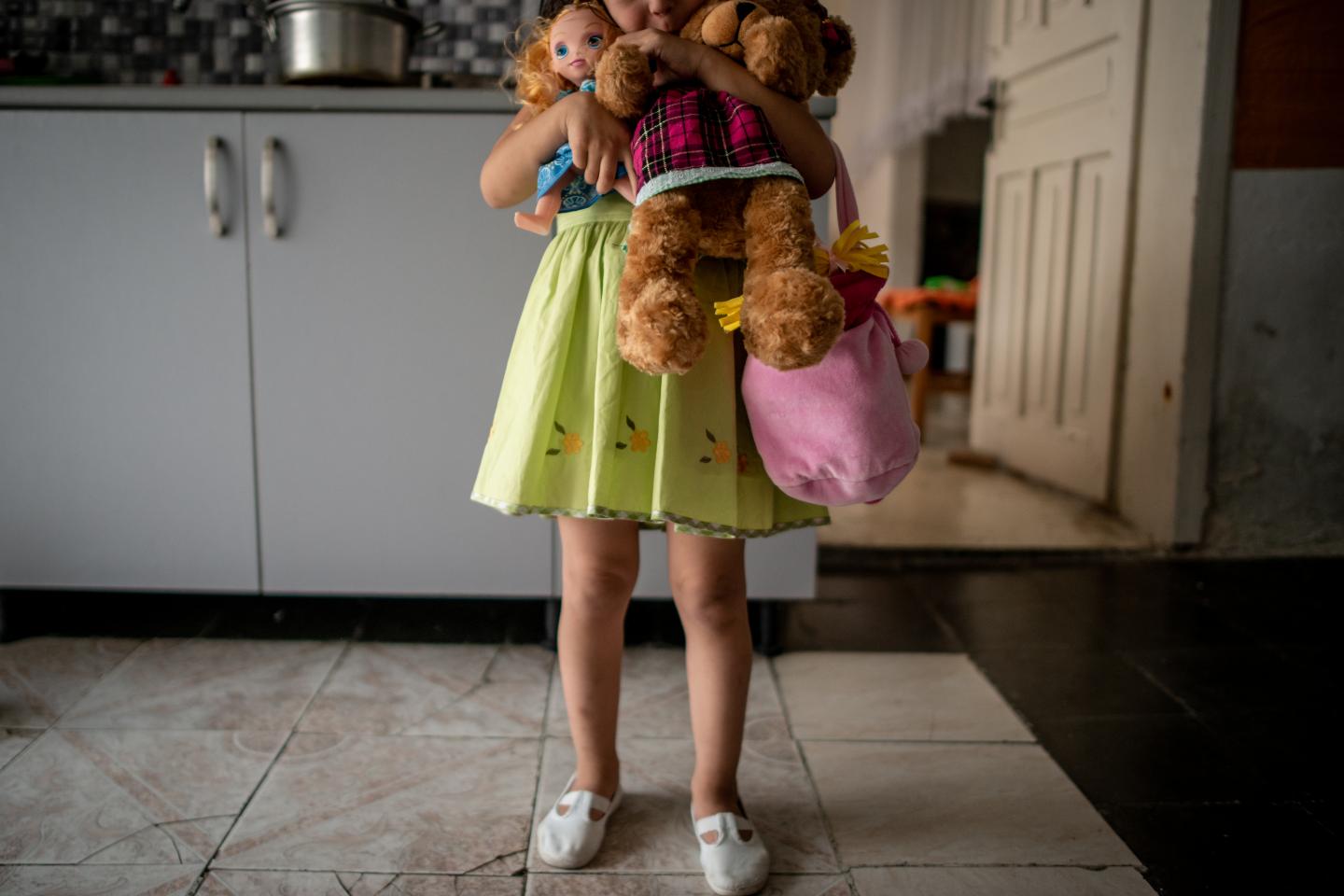
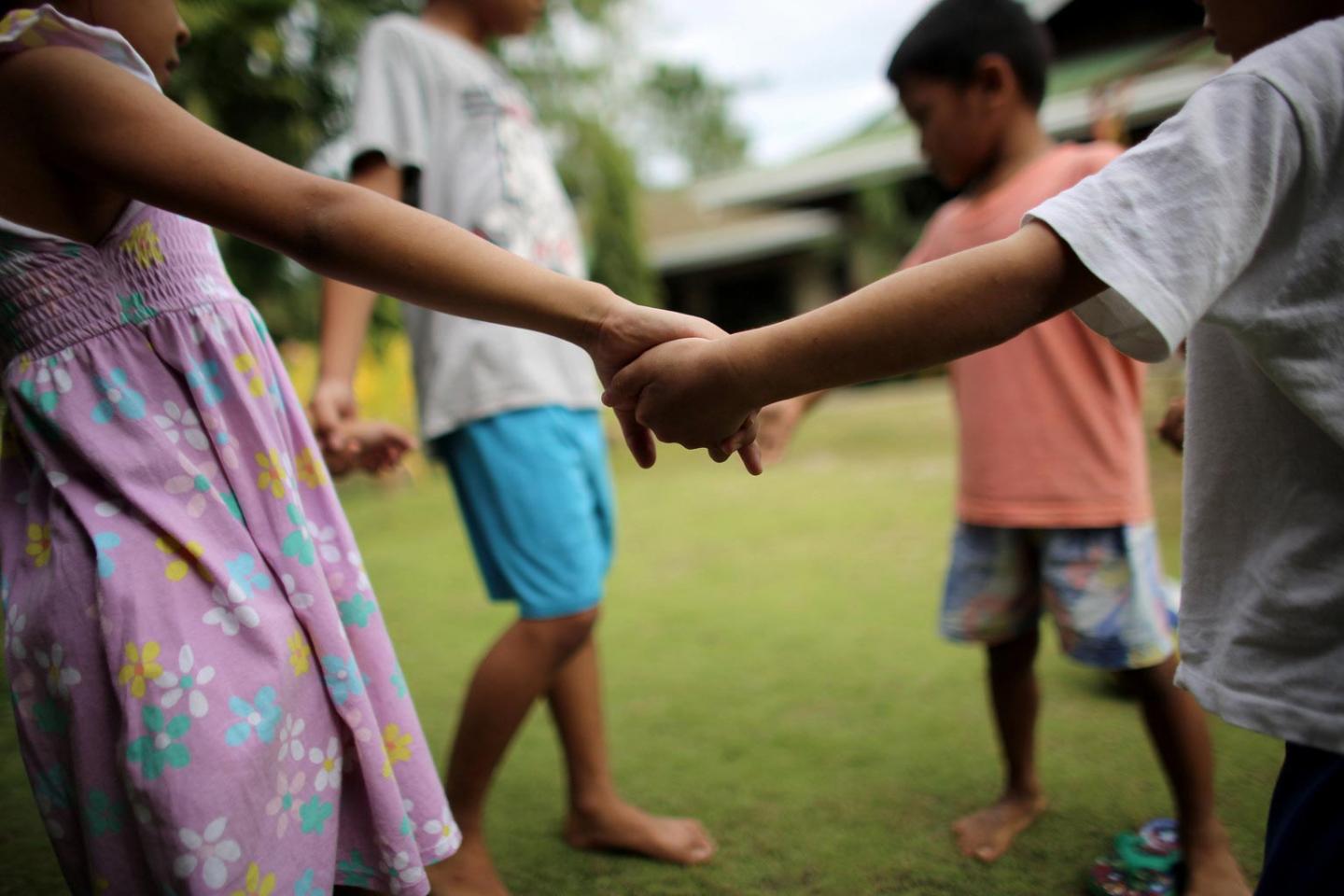

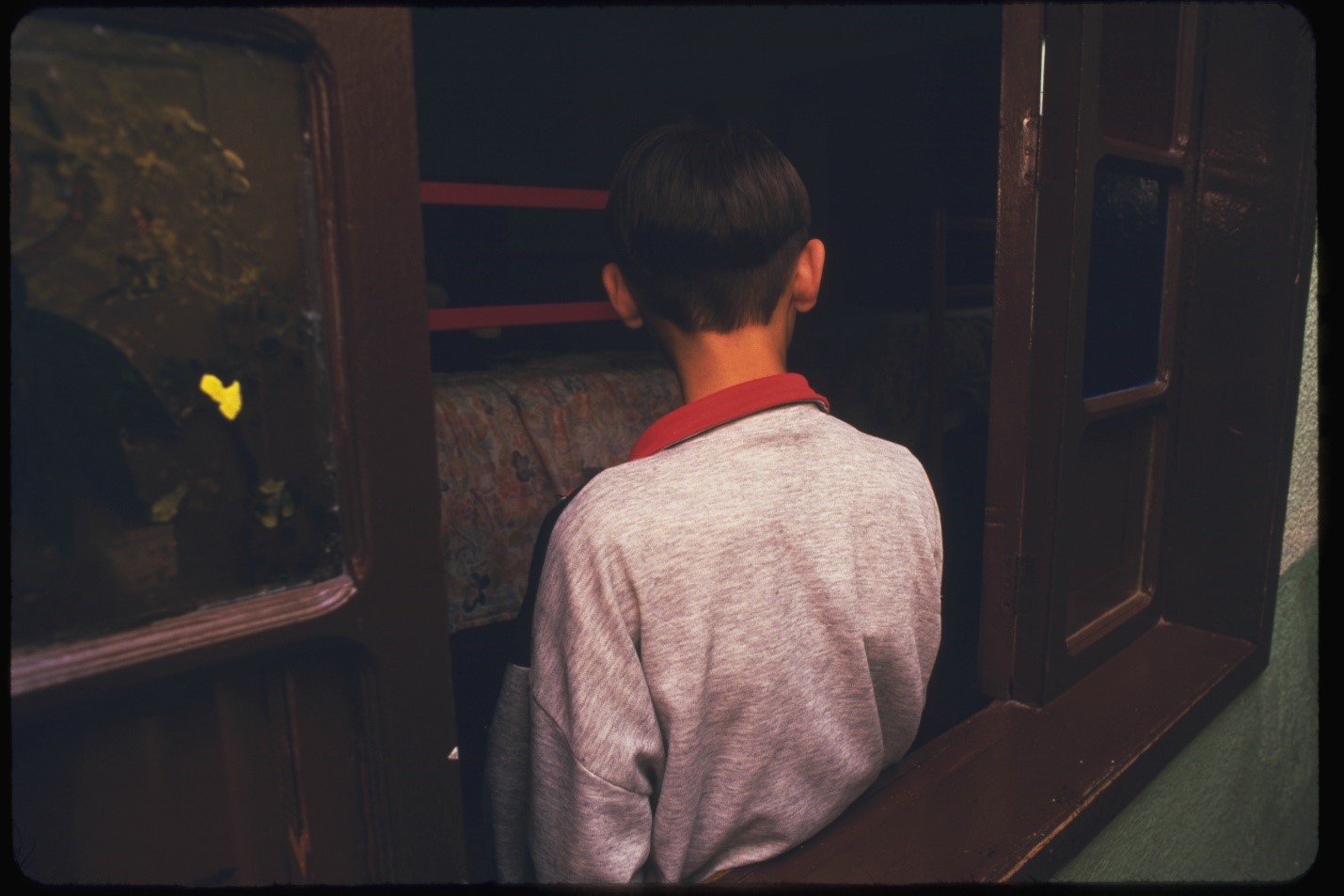


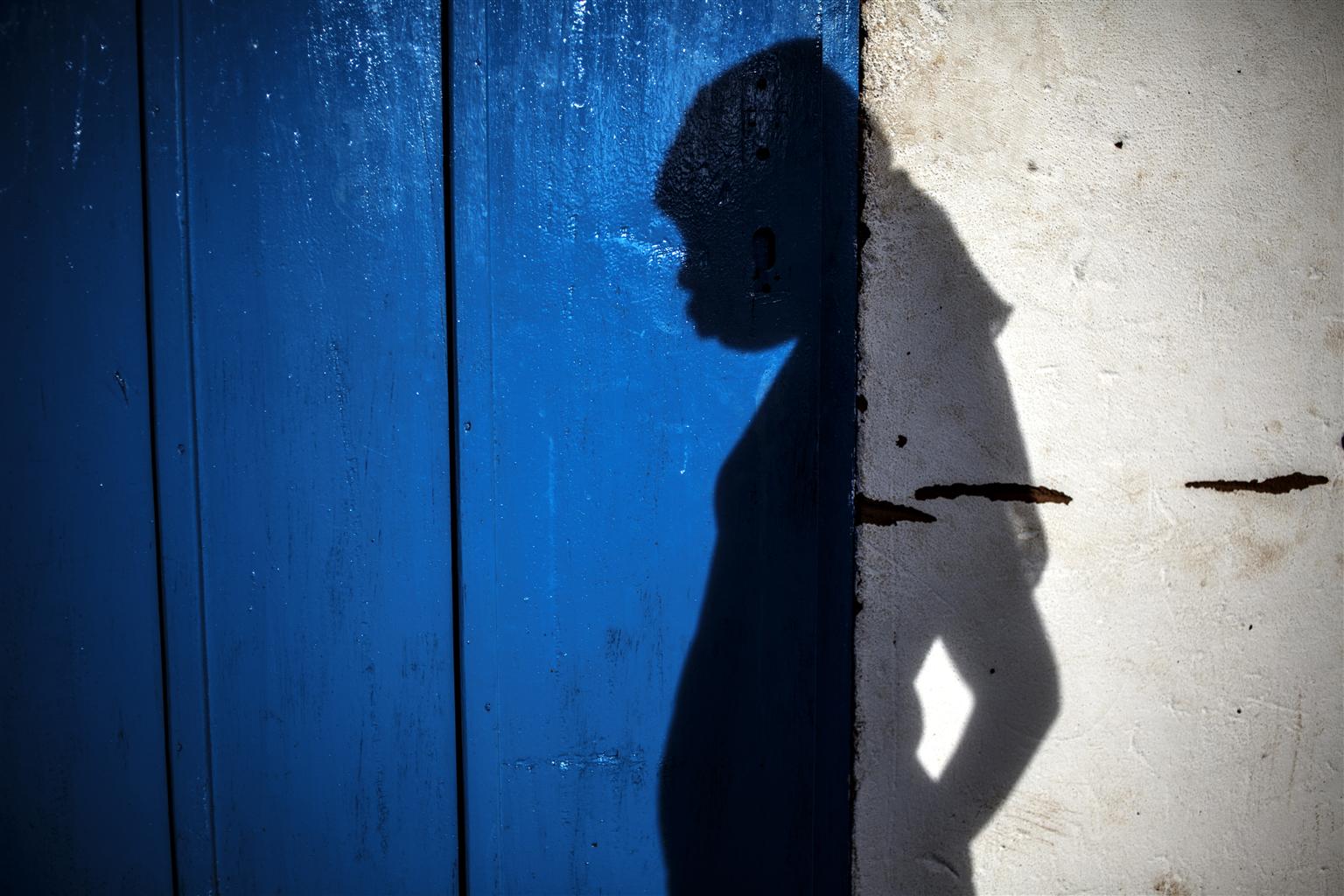

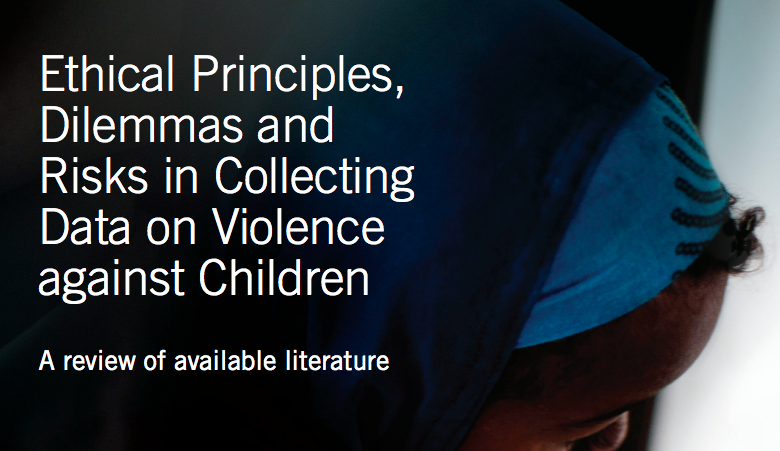
Sub-topics
Within the multi-faceted area of violence, current monitoring efforts are focused in two areas, each of which has a dedicated page that can be accessed below.